It is always safe to do some research before traveling to a new country. Knowing what to pack, what to wear, and how to get around are a few examples of what anybody should know before getting to their destination.
Because Iran is unique in so many aspects, like strict dress codes and Islamic laws, doing this research can save you a lot of unnecessary hassle. With no further ado, read on to learn about five essential Iran travel advice that you should definitely be aware of before packing for your trip to Iran.
1- Adhere to the Dress Code
For Women: Women in Iran are required by the law to cover a large portion of their hair, their arms, their upper body and their legs in public. However, there are spots that women are allowed to leave uncovered in public. They include the neck, ankles, face, some hair (on the front), and the wrists.
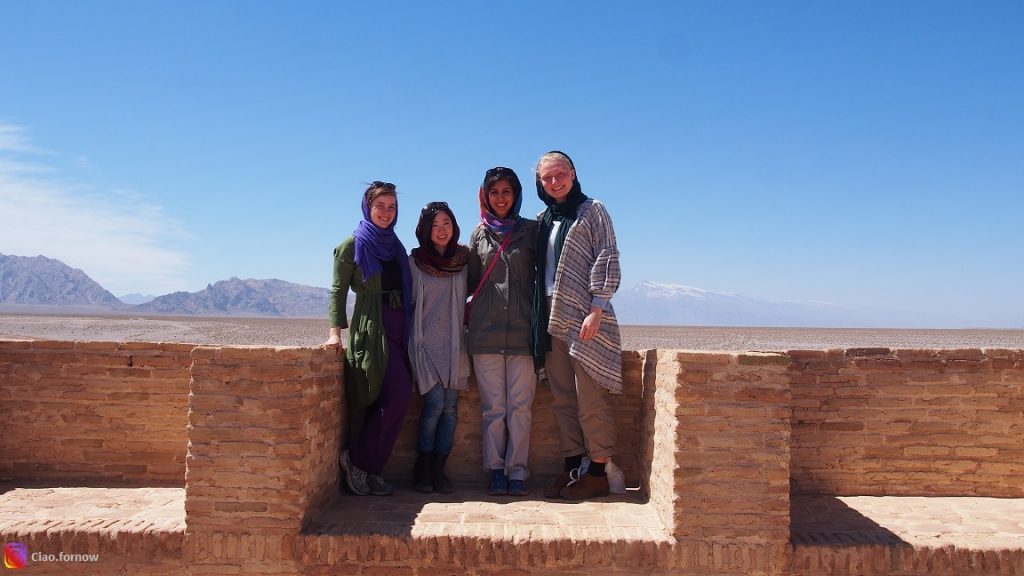
Pack: A couple of headscarves, jackets and overcoats if you are traveling from mid-fall to mid-spring, loose blouses or mantos (thin overcoats used in Iran for hijab, which are available to buy throughout the country) if you are traveling from mid-spring to mid-fall, and a couple of loose trousers.
For men: Iranian laws are much less strict when it comes to men’s dressing, but there are still a few dress codes in Iran that are customary for all men to follow in public. Avoid wearing shorts and tank tops, and clothing that reveal your chest.
2- Rial vs. Toman
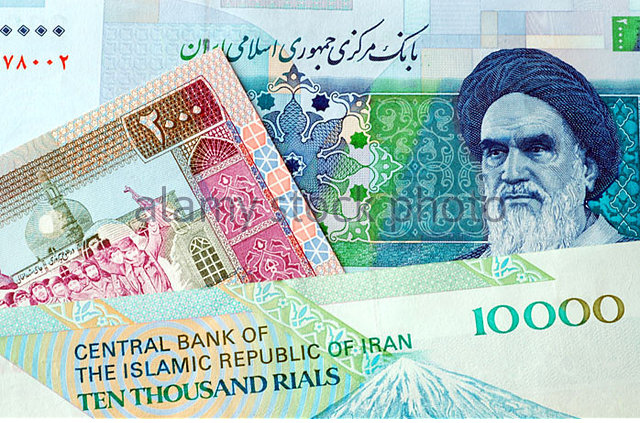
A very confusing concept for many unaccustomed tourists is the difference between rial and toman, and when to use them.
Toman is a superunit of the official currency of Iran. It is rial divided by 10, so 10 thousand rials is 1 thousand tomans, 1 thousand rials is 1 hundred tomans, and so on. A nifty trick is to remove a 0 from the price in rial to get it in toman.
Rial is mostly used in official contexts like banks, hotels, the airport, etc. Anywhere else, including shops and taxis, toman is the reference of choice for people.
3- Exchanging Money
This could be one of the more important Iran travel advice to know about before your trip. There are two essential things to remember; the difference between official and open exchange rates, and where you should generally exchange your money.
There are two different exchange rates in Iran. The official exchange rate is mostly used by banks for international trades and is not the rate you are concerned with. The open market rate is used everywhere else and is the rate that you will always be using. Note that the open market rate offers a higher value for your currency.
As to where you should exchange your money, it’s always better to avoid street vendors and the black market. Look for official exchange offices (Persian: صرافی) in the city you are traveling to (e.g. the Ferdowsi square in Tehran is where you find the most exchange offices), or look up the “currency branch” (Persian: شعبه ارزی) of a respective bank in Iran. Exchange offices are usually a safe option for you to exchange your money, just make sure the store has the prices printed on the window so you will avoid haggling.
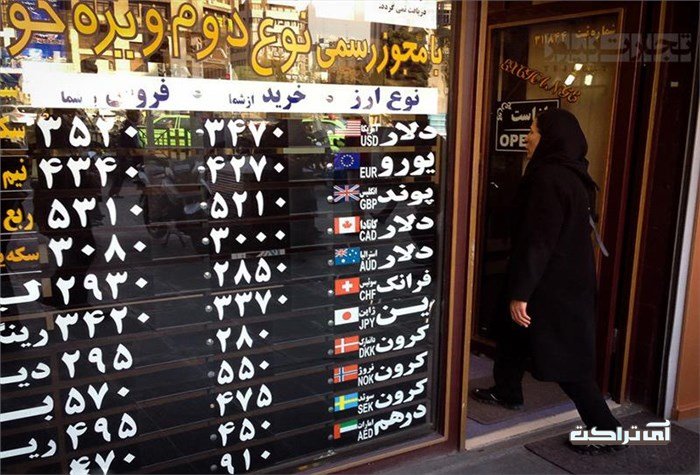
4- Accommodation
There is a wide range of accommodation types and qualities that you can choose from in Iran. Rooms can be as cheap as 9 Euros per night and as expensive as over 100 Euros for a single room.
Because of Islamic laws, Iranian hotels don’t serve alcoholic beverages. Swimming pools, spas, massage services and Jacuzzi/Sauna are also either men-only and women-only, and never mixed. Other hotel amenities in Iran follow the same protocol as international hotels.
If you don’t want to book your hotel when you arrive in the country (for various reasons, including the fact that that the price might change in that window, or the room will be booked by the time you get there) you can use the up-and-coming official online booking platforms that are in direct contact with the hotels.
5- Getting Around
Depending on which city you will visit, different transportation options are available.
For inter-city transportation, you can either buy a ticket plane, ride the train, board buses in city terminals, or hire a car. Buses are the cheapest options but also the slowest. Trains vary in quality and speed, but are usually a reliable option. Planes are the fastest and the most reliable option but are more expensive than the others. Cars can be a good middle-ground in both price and speed, but they aren’t as reliable to find as the others.
Inner-city transportation options vary from city to city. Subway trains are a fast and reasonable option, but they are only available in bigger cities. Public buses are also a thrifty option that are available in almost all cities, but they are kind of tricky to use because the bus stops don’t provide detailed plans of the path. You can also get taxis to get you anywhere in the city, but make sure to only get on the official yellow-colored taxis.
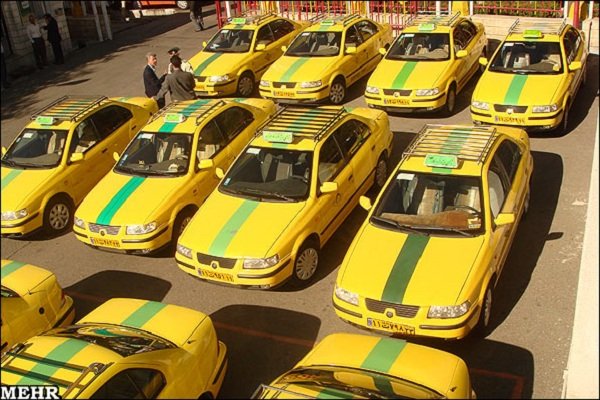
Another efficient transportation method is Iran’s equivalent of Uber, Snapp. Snapp is a ride hailing app that lets you get rides from anywhere, and to any destinations. Because the prices are fixed (and reasonable), and the app supports an English interface, Snapp is becoming very popular with tourists.
Browsing Category:Iran Tourism Travel Advice
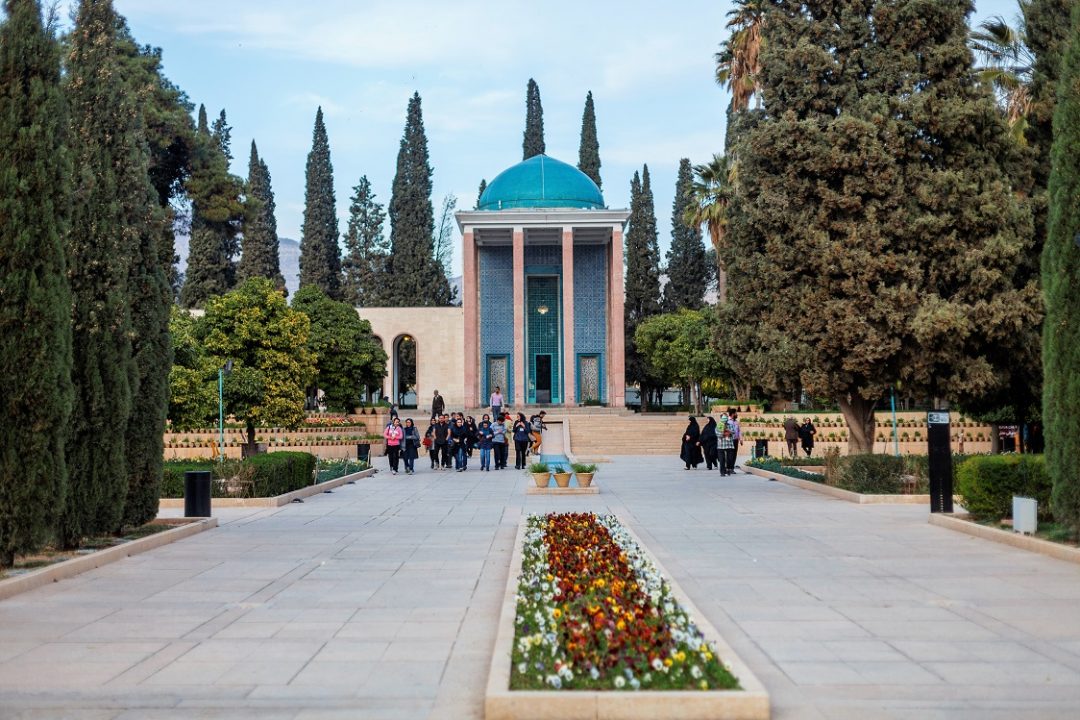

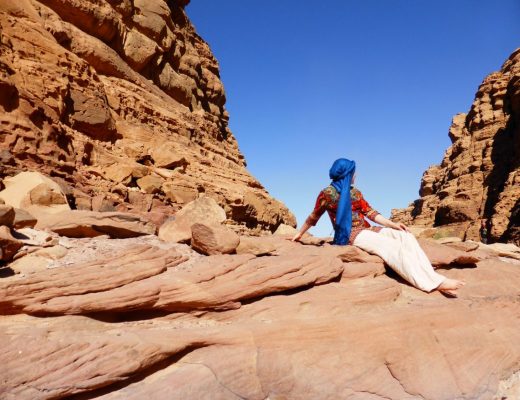
No Comments